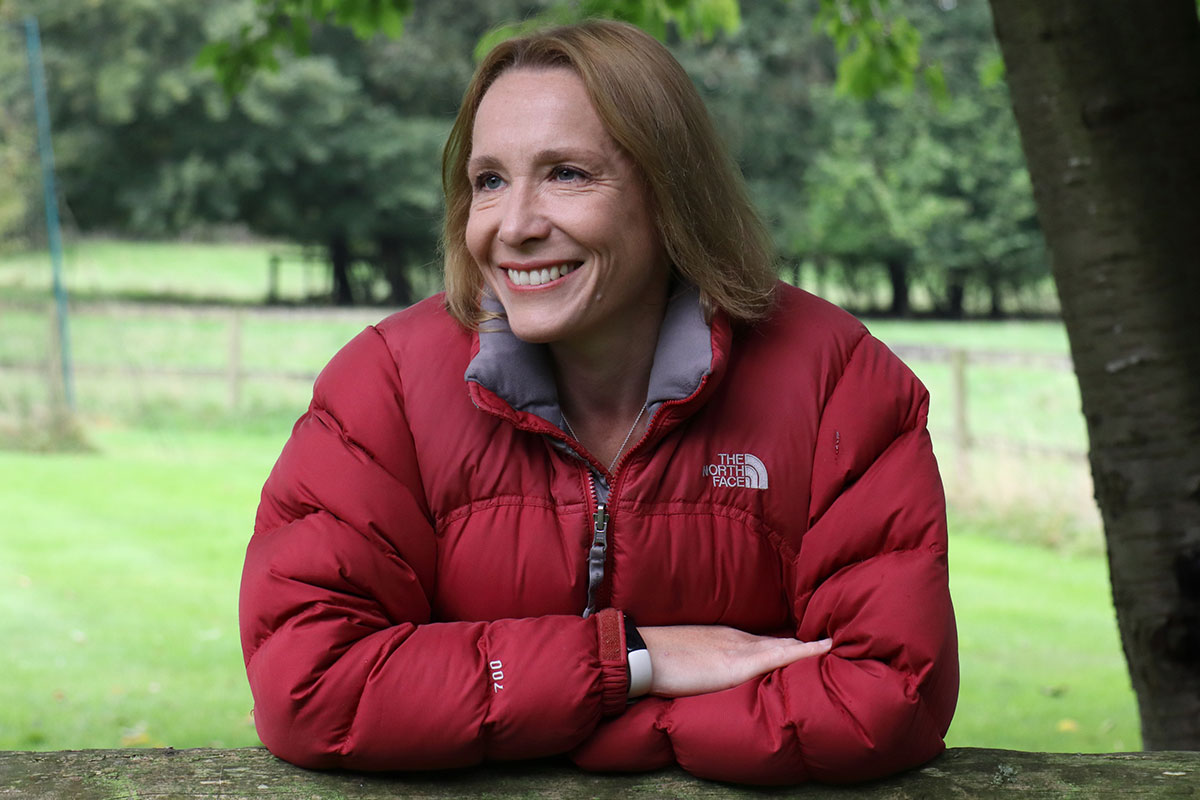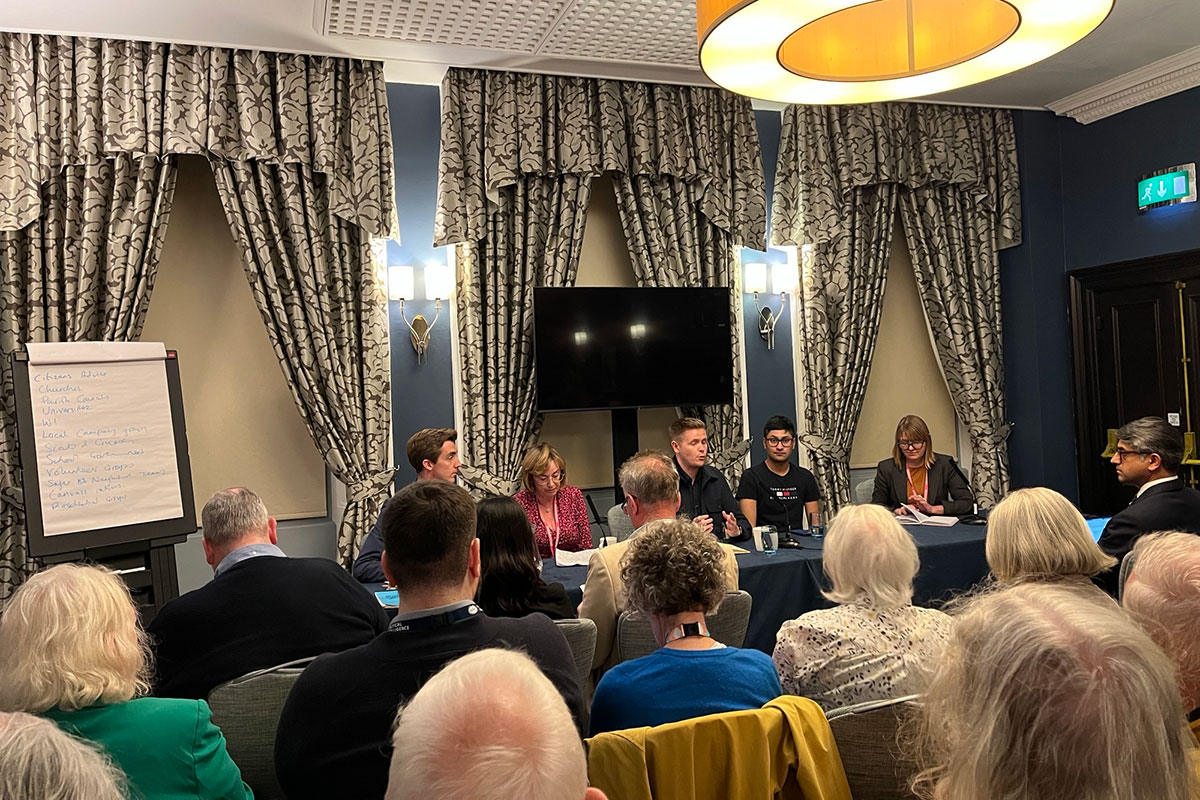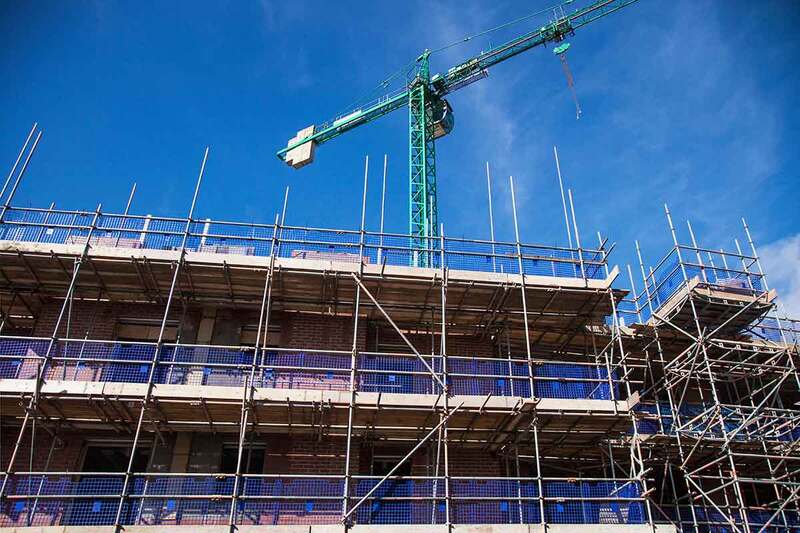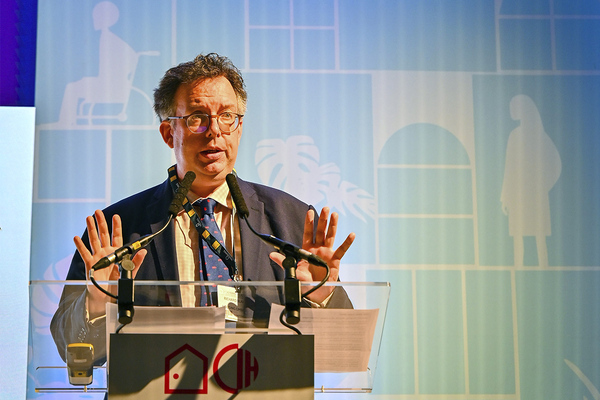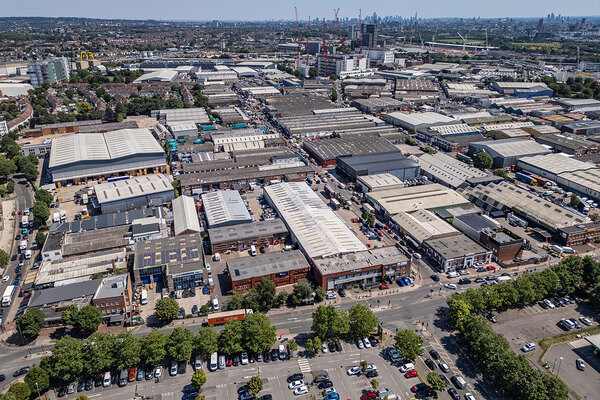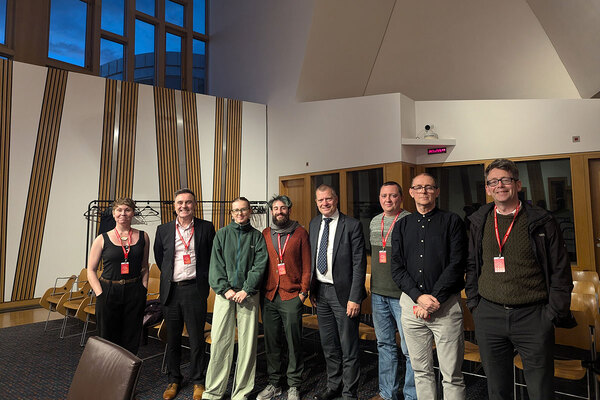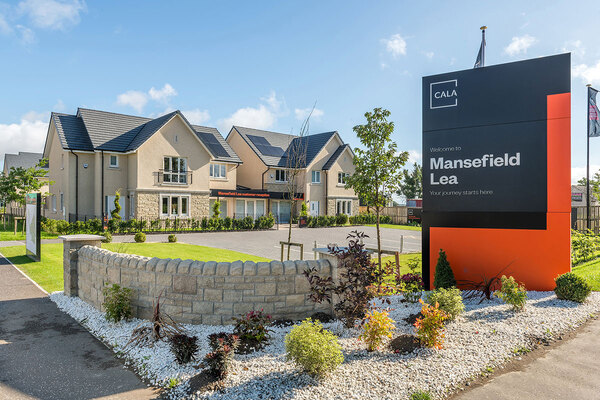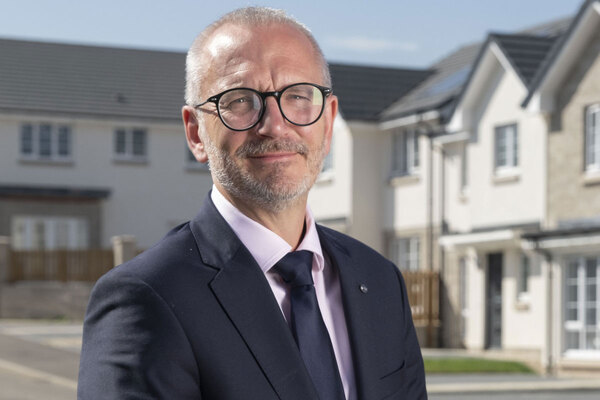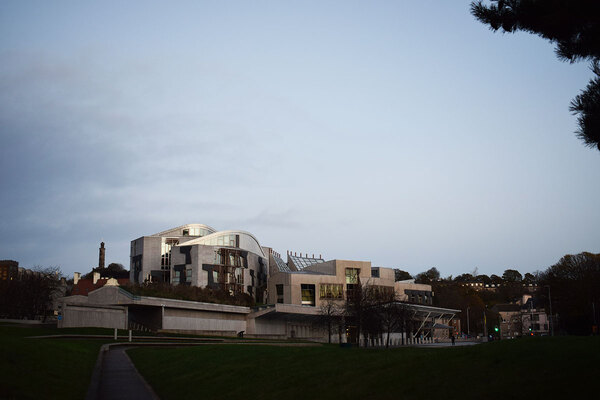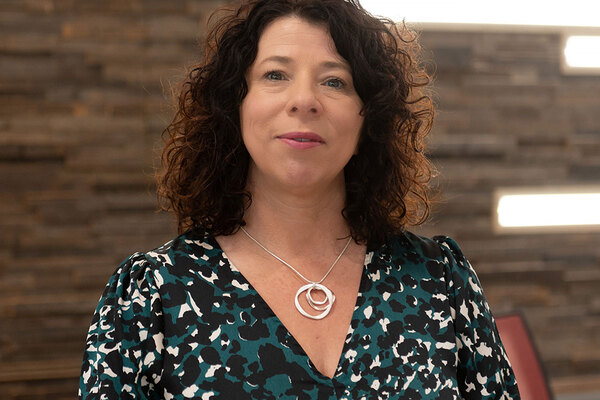You are viewing 1 of your 1 free articles
Building on grey belt makes ‘most sense’ for delivering homes, thinktank CEO says
Building on ‘grey belt’ land makes the “most sense” as a way to meet housing demand, the head of Centre for London told the Liberal Democrat conference in Brighton.
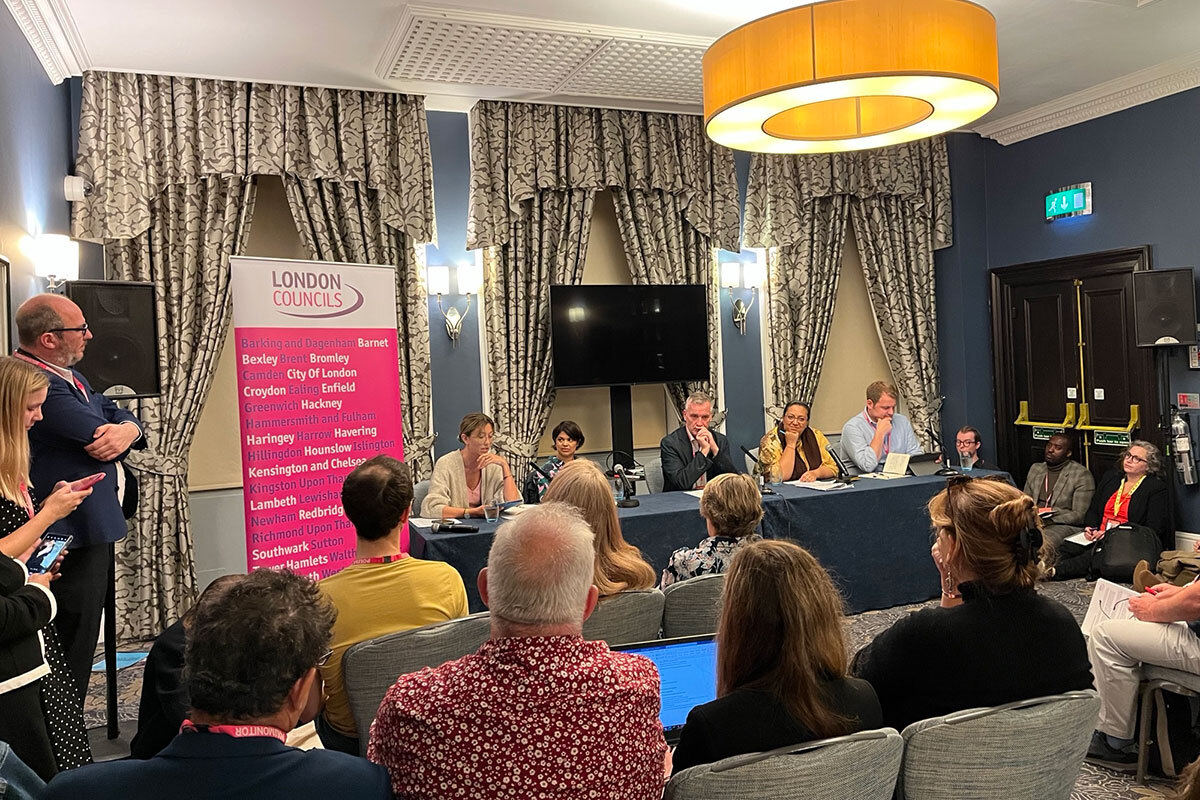
At a fringe session on Monday, Antonia Jennings, chief executive of the thinktank, said that building on strategic areas of grey belt land close to transport links “could unlock space for up to 900,000 homes”.
The session, called ‘Yimbys or nimbys: how will the Liberal Democrats pursue growth in London’, focused on different areas of potential growth in the capital, including housing.
An audience member asked panellists what their views were on developing on brownfield and grey belt land.
The grey belt, so-called and pledged by the Labour Party, is a new category of land to allow development on “poor quality” and “ugly” green belt land.
One of the stipulations proposed by the government is that development on this type of land must be 50% affordable.
In July, the government launched a consultation on proposed changes to the National Planning Policy Framework, which include bringing back compulsory housebuilding targets.
In September, the House of Lords Built Environment Committee launched an inquiry into grey belt development in England.
Ms Jennings pointed to previous research by thinktank Centre for Cities which found that building on strategic areas of grey belt close to transport links “could unlock space for up to 900,000 homes”.
“When you pit that against the need for housing in London, it can become a much easier sell,” Ms Jennings said. She highlighted that after housing costs are accounted for, “one in four Londoners lives in poverty”.
“Our research has found that we need to building 30,000 social homes a year for 15 years to meet the scale of demand,” she said, adding that this is “just social homes, let alone other types of housing”.
“Nowhere is going to be exactly ideal, but it is those grey belt sites in my mind that on balance make the most sense,” Ms Jennings said.
Muniya Barua, deputy chief executive at BusinessLDN, a not-for-profit advocacy group made up of leaders of businesses in London, agreed that a solution would be to look at “poor-quality green belt which has little civic or environmental value”, particularly “where it is near transport nodes”.
She told delegates: “A few years ago, we did a citizens’ jury about building on green belt and after hearing days of evidence from CPRE (Council for the Preservation of Rural England) and others, the majority were in favour of building on poor quality green belt/ grey belt.
“We have to be pragmatic and look at brownfield first, yes, but where it’s poor quality near transport nodes, it could potentially free up a lot of land.”
Earlier in the session, Luke Taylor, recently elected MP for Sutton and Cheam, described himself as ‘yify’, or someone that agrees to development ‘if’ conditions are agreed and carried out.
“The title of the debate is nimbys or yimbys, but being a very typical Lib Dem, I think there’s a third way.
“I like to say I’m a yify… really it’s about ‘yes, if’. I think as Liberal Democrats, we need to be better at saying, ‘Yes, if.’ You can say yes to more housing if we get better local services.
“Yes to more homes if we get better transport links, yes if we get more shops and GPs. That is the critical part.”
At a question and answer session the previous day, Liberal Democrat leader Ed Davey was pressed on his party’s reputation for nimbyism after he reiterated his support for a “community-led” approach to planning.
Sign up for our development and finance newsletter
Already have an account? Click here to manage your newsletters

